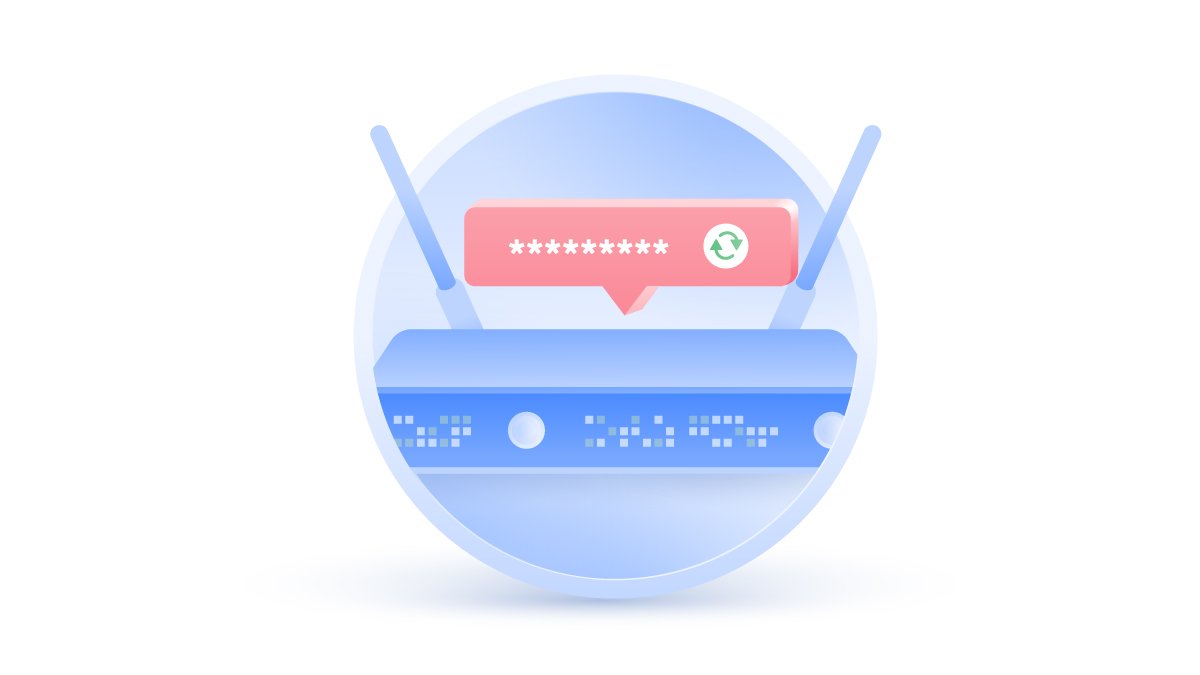What is spyware and how can you protect yourself?
Bad things can happen on your device without your knowledge as cybercriminals get stealthier when developing their tools. Spyware is one of the most intrusive of these tools. Find out how it works and how to protect yourself.
Paul Black
Feb 14, 2022 · 4 min read

The definition of spyware
Spyware is a type of malware that collects data on your device and passes it to third parties without your consent. Like other malware, it usually ends up in your computer without your knowledge via malicious links, downloads, third-party interception, or other ways.
Spyware can be used for various purposes:
- Cybercriminal activities. Cybercriminals use spyware to collect data from their victims’ devices.
- Marketing purposes. Sometimes marketers undertake unethical data-gathering practices and use spyware to track the activities of their customers.
- Governmental spying. Government officials can also use spyware to track persons of interest.
- Law enforcement. Police or secret agencies can employ spying software to track criminals.
- Corporate monitoring. Employees can monitor their staff.
How does spyware work?
Spyware can intercept your device in different ways — it can piggyback on downloads, it can inject itself via malicious ads or links, or someone can simply secretly install it in your device. It runs in the background and starts looking for useful information in your hardware and browsers. Spyware apps usually try to snatch your browsing history, email data, credentials, credit card details, and PINs. Some spyware apps, called keyloggers, can see everything you type by tracking your keystrokes.
Spyware sends the collected data to third parties that either use it for criminal or, in rarer cases, marketing purposes.
Types of spyware
Spyware can come in various forms. Here are some of them:
Keyloggers
Keyloggers track your keyboard strokes, and a person operating them can see everything you type. For example, someone can easily snatch all your passwords and correspondence this way.
Trojans
Trojans infiltrate your device by masquerading as legitimate apps. When you let them in, they deliver a spyware app.
Adware
Adware tracks your online activity and passes or sells the data to advertisers, who then bombard you with targeted ads. However, cybercriminals can also use it to deliver deceptive, malicious ads that can inject your device with more severe malware.
Cookie tracking
Similar to adware, cookie tracking is not always threatening. Cookies are implanted into websites to track you across the web and then serve ads to you according to what you do. However, supercookies can be embedded in your device without your knowledge, and it is tough to get rid of them. They can contain your authentication details, browsing history, and ad-targeting data.
System monitoring
System monitoring is one of the most intrusive and dangerous forms of spyware because it captures the sensitive data in your device and monitors your actions.
Stalkerware
Stalkerware is a form of spyware that an individual usually uses to monitor someone they have a close relationship with. For example, a husband can watch his spouse, or parents can track their kids. Employers can also use stalkerware to monitor their staff.
Mobile spyware
Spyware can also target your mobile devices. It operates similarly to the one present on other devices — it hides in the background and tracks your SMSs, call logs, browsing, and other data. In worst-case scenarios, someone can even take over and remotely control your phone by employing such malware.
How to identify spyware
Usually, it’s quite challenging to identify spyware because cybercriminals try to make it as undetectable as possible. However, here are a few signs indicating that you may have spyware:
- Your device works slower than usual.
- Your hard drive suddenly has less space for no reason.
- Your browser keeps delivering annoying pop-ups and redirecting you to pages you didn’t intend to visit.
- There are some apps you don’t identify on your device.
- You notice some unknown plugins and bookmarks in your browser.
How to remove spyware
Check our tips below on how to remove malware on various operating systems:
Usually, you need to use premium and updated security software to detect spyware and then root it out of your system. Due to its stealthy nature, it’s very challenging to trace and remove it manually.
Also, make sure to do the following after you successfully get rid of spyware:
- Immediately change all your passwords, and make sure to use strong ones.
- Notify your local cyberpolice.
- Inform your friends and relatives with whom you participated in common online activities.
- Immediately get quality security software.
- Implement all recent updates of your apps.
How to prevent spyware
Here are a few tips on how to prevent spyware:
- Don’t click on any suspicious links, ads, or attachments. Cybercriminals usually disperse them by using social engineering attacks.
- Don’t download software from dodgy unofficial sources.
- Constantly update your software.
- Use up-to-date cybersecurity software.
- Don’t open suspicious emails or messages.
- Use a VPN. Check out NordVPN’s new Threat Protection feature. It may help you avoid spyware. It identifies newly downloaded malicious files, stops you from ending up on malicious websites, and blocks trackers and intrusive ads. It will protect you even when you’re not connected to a VPN server.

